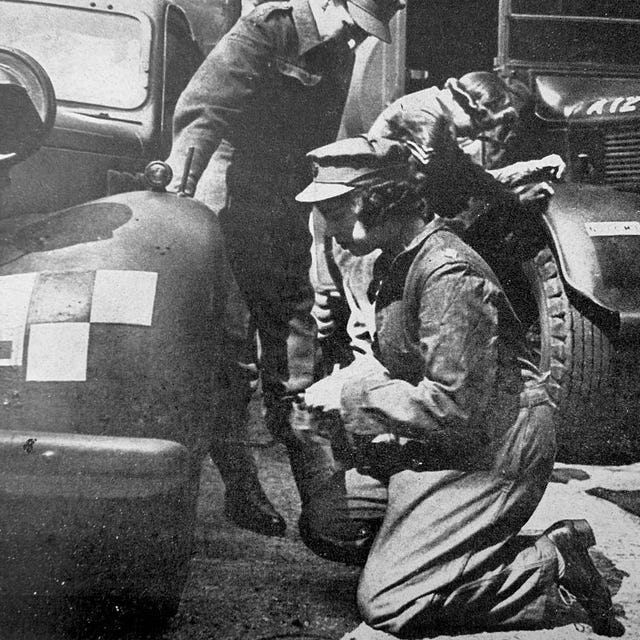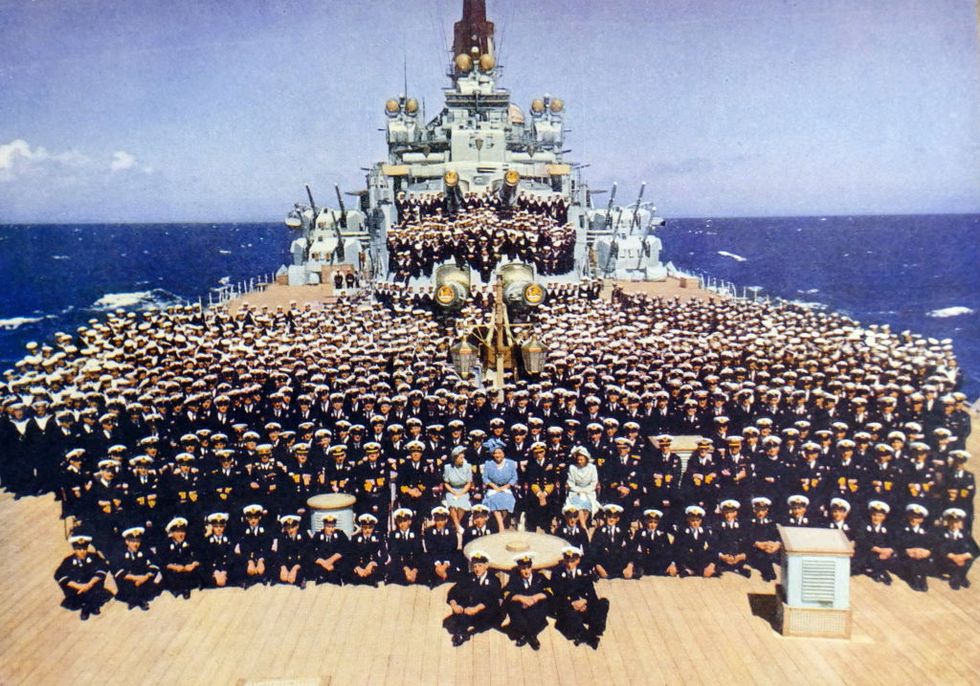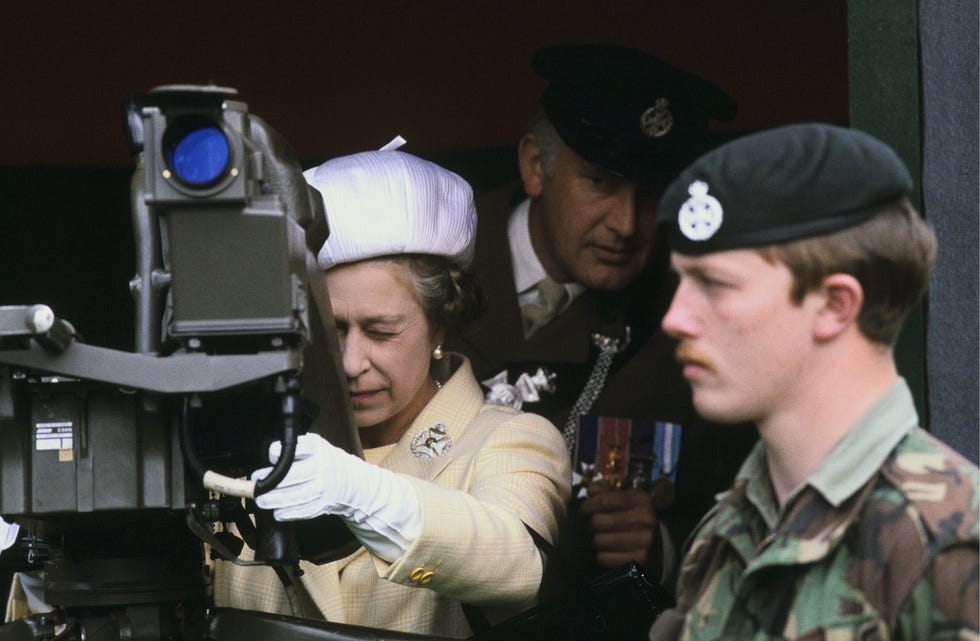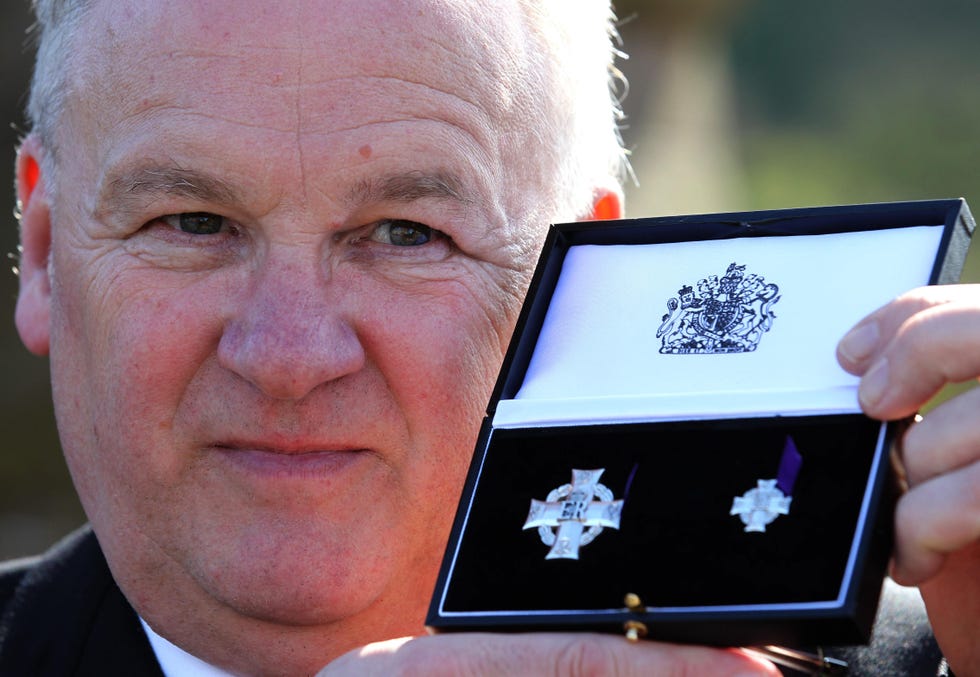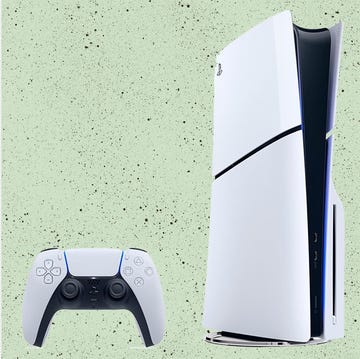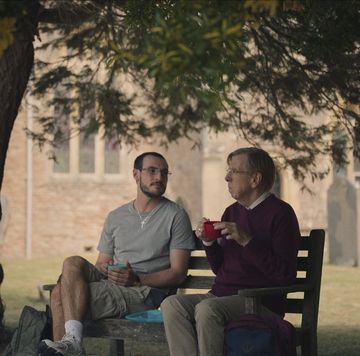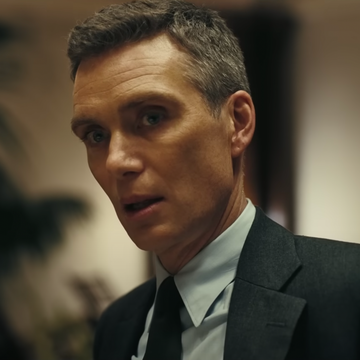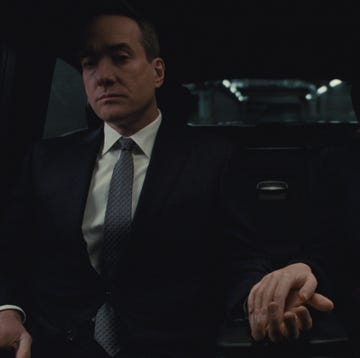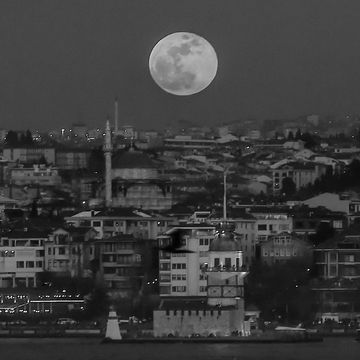The death of Queen Elizabeth marks the end of an extraordinary 70-year reign. The Queen not only served in the Armed Forces but was royal head of the British Army, Navy, and Air Force. During her long life, she fixed trucks, christened battleships, and visited the military in garrison and in the field.
Elizabeth II was born in 1926, third in line to the throne after her father, Prince Albert (later King George VI). She was 13 when war broke out in 1939, and in 1942 became an honorary Colonel of the Grenadier Guards, one of the most prestigious infantry regiments in the British Army. Members of the Royal Family are often tied to the British Army by such colonelships. The National Army Museum explains, “Although they have no operational role, they are kept informed of the regiment’s activities, pay visits to deployed troops, send messages of support, attend regimental dinners and take part in ceremonies.”
By the end of her reign, in 2022, Elizabeth II would be colonel-in-chief of 16 regiments and corps in the British Army, as well as military units spread across the British Commonwealth.
In November 1944, Elizabeth launched HMS Vanguard, at Clydebank, Scotland. A 45,000 ton battleship, Vanguard was equipped with eight 15-inch guns and 16 5.25-inch guns, and she had a crew of 1,975. In 1947, Vanguard transported the Royal Family on a state visit to South Africa.
Not all of her duties were ceremonial. In February 1945, Elizabeth joined the Auxiliary Territorial Service (ATS). The ATS was the only military service available to British women at the time, allowing them to serve in rear area service and support positions, typically far behind the front line. ATS positions for women included “telephonists, clerks, drivers, postal workers, dispatch riders and ammunition inspectors.” Women also served in air defencee units where they could track enemy aircraft and aim guns, but the actual shooting was left to men.
Elizabeth was enlisted as a subaltern (an officer rank no longer used that ranks below second lieutenant) and trained both to fix and drive trucks. She was the first female member of the Royal Family to serve on active duty during wartime, and was nicknamed “Princess Auto Mechanic” by the press. Her service as a military mechanic—as well as the bombing of her family’s royal seat, Buckingham Palace–made Elizabeth, the second in line to the British throne, a relatable figure to a people at war, both at home and abroad.
Elizabeth ascended to the throne in 1952, whereupon she was known as Elizabeth II. Elizabeth II was not only the Head of State but also the Head of the Armed Forces, and British military personnel swore an oath not to the government but to the Queen and her successors. There her duties became completely ceremonial, including meeting members of the British Army, Royal Navy, and Royal Air Force, as well as touring bases and facilities both in the UK and around the world.
Three of Elizabeth’s children served in the armed forces. Charles, now King Charles, served in the Royal Air Force and Royal Navy as a pilot and the captain of a warship; Andrew served in the Royal Navy as a helicopter pilot; Edward briefly served in the Royal Marines. Her grandson Prince William served in the Royal Air Force search and rescue, and Prince Harry served in the British Army as a forward air controller and WAH-64 Apache attack helicopter pilot.
In 2009 Elizabeth instituted the Elizabeth Cross, a medal granted to “the next of kin of Armed Forces personnel killed on operations or as a result of terrorism as a mark of national recognition for their loss.” The award was available to all those who died in conflicts dating back to 1948, including “the Korean War, the Malayan Emergency, the Falklands conflict and operations in Northern Ireland as well as recent operations in Iraq and Afghanistan.”
Queen Elizabeth II’s memorial will include five days of her coffin lying in state at Westminster Hall, guarded by the members of the Yeomen of the Guard, royal bodyguards consisting of former officers and noncommissioned officers of the British armed forces, and active duty British forces. The King’s Troop, Royal Horse Artillery and the Honourable Artillery Company will also participate in the services.

Kyle Mizokami is a writer on defense and security issues and has been at Popular Mechanics since 2015. If it involves explosions or projectiles, he's generally in favor of it. Kyle’s articles have appeared at The Daily Beast, U.S. Naval Institute News, The Diplomat, Foreign Policy, Combat Aircraft Monthly, VICE News, and others. He lives in San Francisco.
